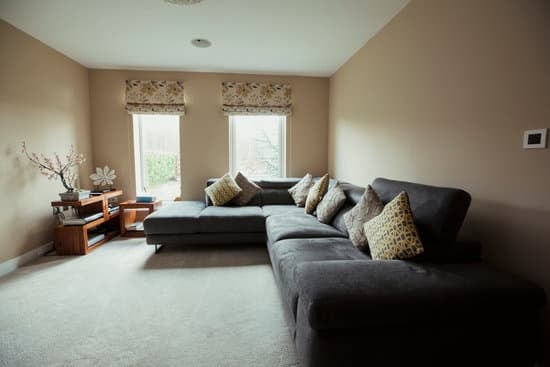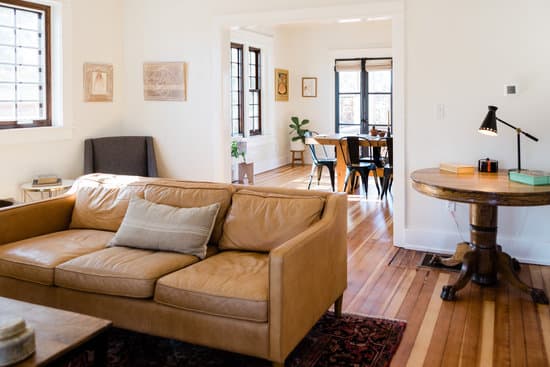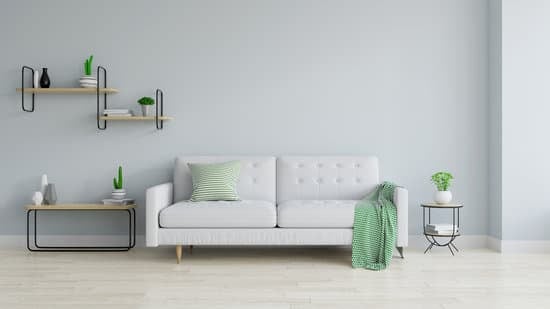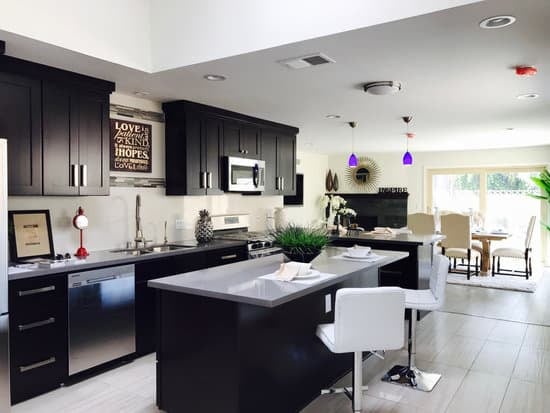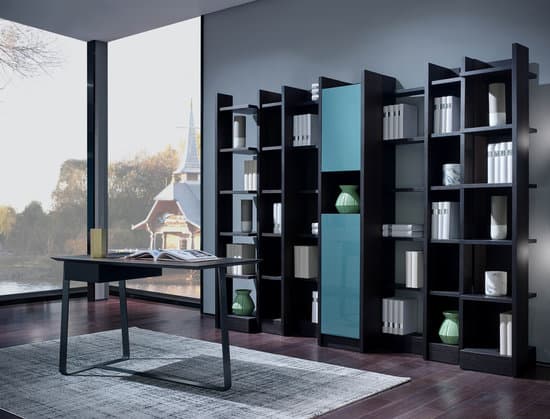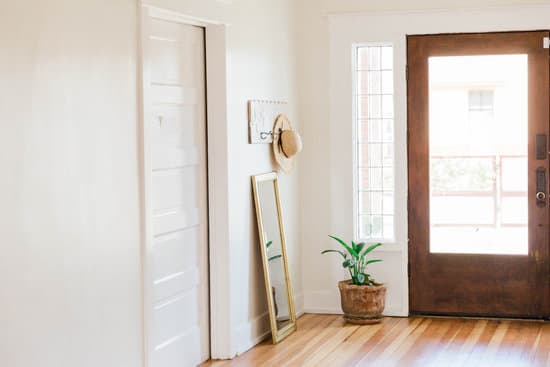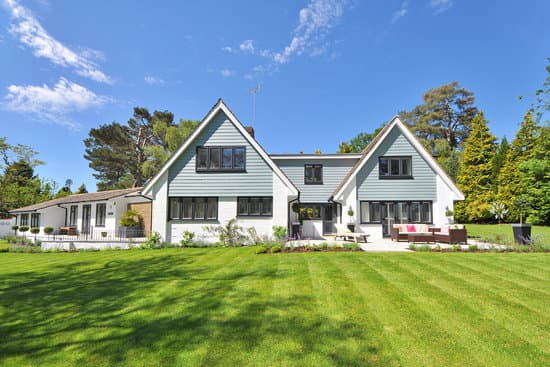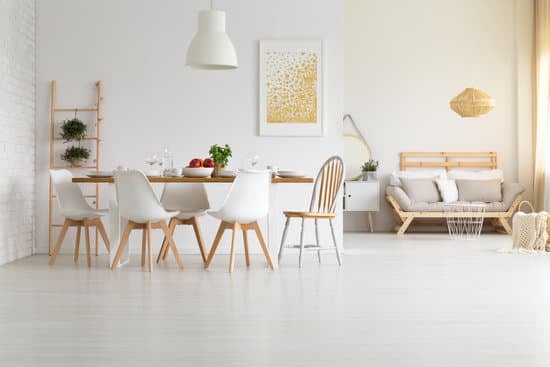What is the Ideal Home Theater Shape?
When it comes to creating the perfect home theater, there are a number of factors to consider, including the size and shape of the room. The ideal home theater shape is one that provides the best visual experience for viewers while also being comfortable and functional. While there isn’t a one-size-fits-all solution, there are certain principles that can guide your decision-making process. In this article, we’ll explore the benefits of a rectangular room, how to create comfort in your home theater space, and how to maximize your visual experience.The Benefits of a Rectangular Room
When it comes to home theater room design, rectangular rooms are often favored over square or oddly-shaped rooms. This is because rectangular rooms offer a number of benefits, including:- Improved acoustics: A rectangular room can help to improve sound quality by eliminating echoes and other acoustic issues.
- Better view angles: A rectangular room allows for better viewing angles, ensuring that everyone in the room can see the screen comfortably.
- Efficient use of space: A rectangular room offers more efficient use of space, making it easier to design and furnish the room effectively.
Creating Comfort in Your Home Theater
In order to create a comfortable home theater space, there are a few key considerations to keep in mind. These include:- Seating: Comfortable seating is essential to a successful home theater. Look for seats that are supportive, with adjustable headrests and footrests to ensure everyone can find a comfortable position.
- Lighting: Lighting can make or break the ambiance of a home theater. Look for lighting that is adjustable, with dimmer switches that can be used to create the perfect mood.
- Temperature: A home theater can get warm quickly, so it’s important to ensure proper climate control. Consider adding a separate thermostat for the room to keep it at a comfortable temperature.
Maximizing Visual Experience
When it comes to creating the best visual experience in your home theater, there are a few key factors to consider. These include:- Screen size: The larger the screen, the more immersive the experience. Look for a screen that is appropriate for the size and shape of your room.
- Resolution: High-definition and 4K resolution offer the best viewing experience, providing crisp and clear images.
- Sound system: A high-quality sound system is essential to any home theater. Look for a system that offers surround sound and good bass response.
Choosing the Best Room Size for Your Home Theater
When it comes to choosing the right size for your home theater room, bigger is often better. However, it’s important to find a size that works for your space and budget. The general principle is that the bigger the area you have available, the more comfortable the seating arrangements can be. A good size to aim for is a room that is roughly 6m in length by 4.5m wide. However, if your space is smaller, you can still create a great home theater experience with the right design and equipment.Why Ceiling Height Matters
Ceiling height is an often-overlooked factor in home theater design, but it can have a significant impact on the overall experience. A high ceiling allows for better sound dispersion, which can improve the acoustics of the room. Additionally, a higher ceiling provides more space for lighting fixtures, adding to the ambiance of the space.The Ideal Layout for Your Home Theater
The ideal layout for your home theater will depend on a number of factors, including the size and shape of your room, the number of seats you need, and the equipment you plan to install. Generally, it’s best to position the screen on the short wall of the room, with the seats arranged in a semi-circle facing the screen. This allows for the best viewing angles and sound dispersion. It’s also important to ensure that all seats have a clear line of sight to the screen.Factors to Consider When Designing Your Home Theater Room
When designing your home theater room, there are a number of factors to keep in mind. These include:- Budget: Home theater equipment can be expensive, so it’s important to set a budget before you start designing the room.
- Lighting: Proper lighting is essential to the ambiance of the room, so it’s important to choose fixtures that are adjustable and provide the right level of illumination.
- Acoustics: Proper acoustics are essential to good sound quality, so it’s important to choose materials and design elements that will minimize echoes and other audio issues.
- Equipment: The equipment you choose will have a big impact on your home theater experience, so it’s important to choose high-quality components that will provide the best possible performance.




